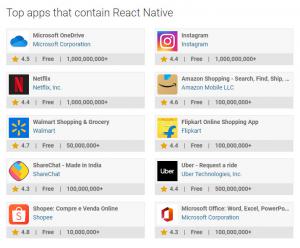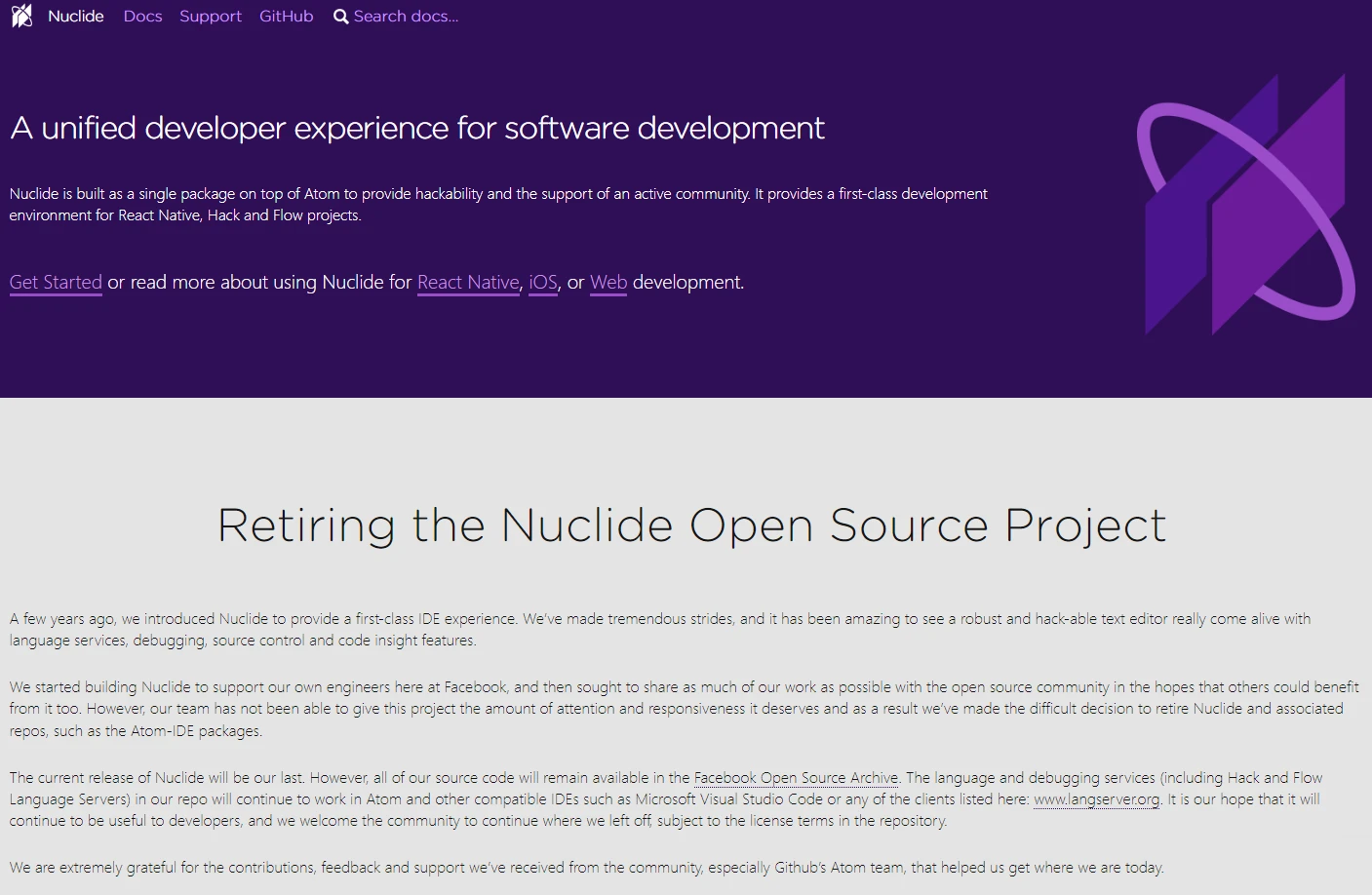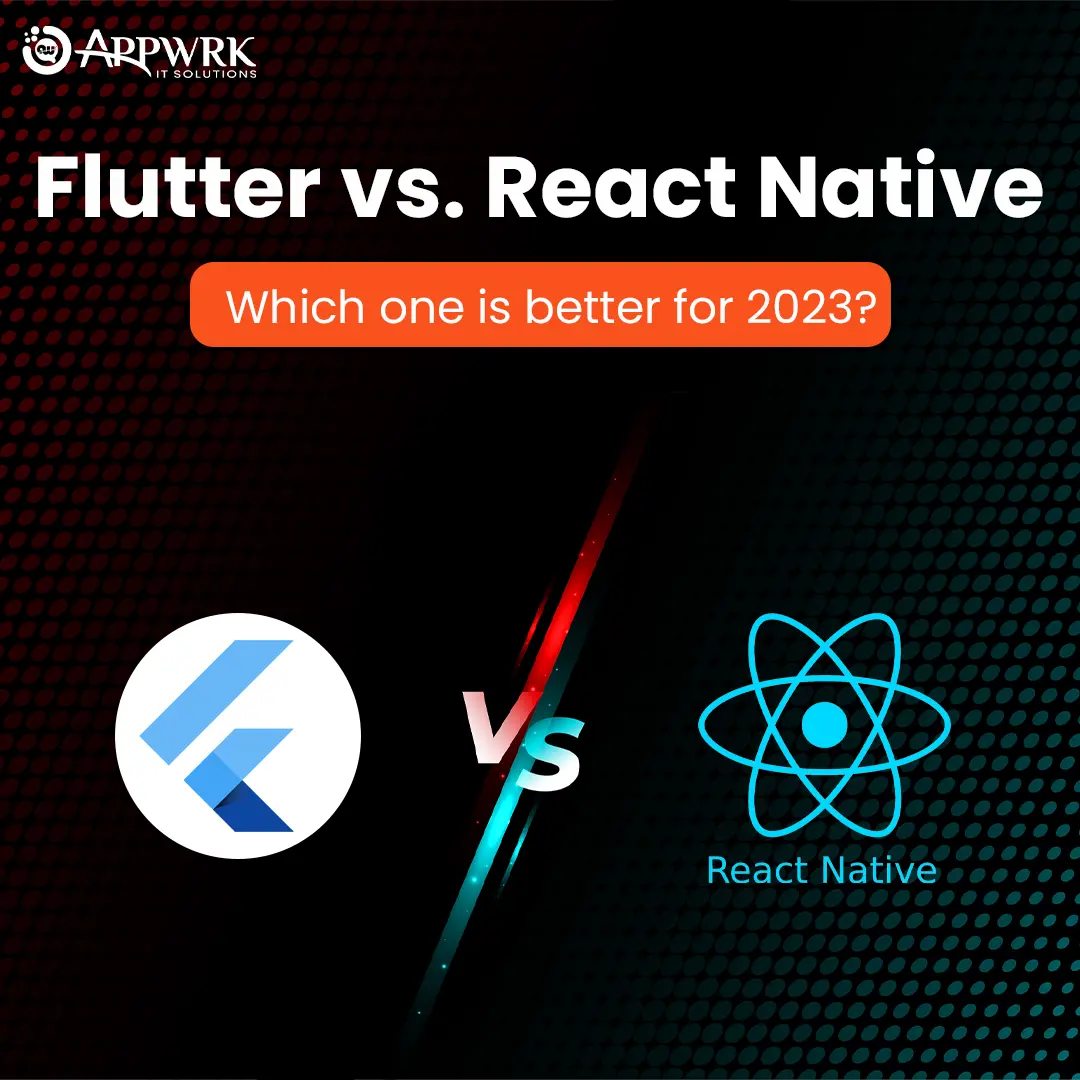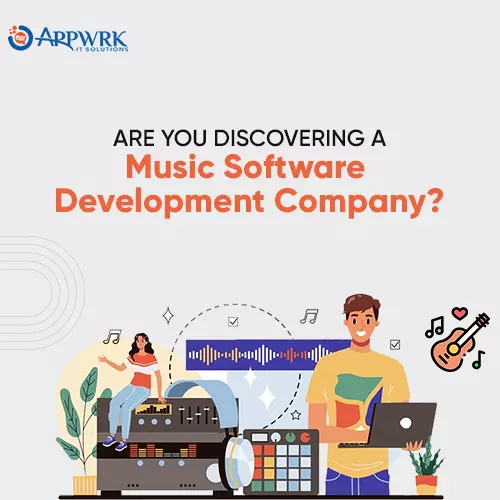Build Your Music App Using React Native Framework
In this digital era, music app are not just limited to provide a pure consumption of audio. Music apps today frequently need a good blend of technology, an intuitive user- interface, and less loading time that aid users to enjoy streaming anywhere, anytime.
The first step to achieve all these game-changing aspects in your music app is somewhere relying on choosing the right technology that reshapes music app development. So what is the way out? Don’t you think there should be a music app framework that makes your app loudest in the town? Fortunately, React Native app developers are here to bring the change.
Why have music brands like Spotify been using this framework for the last few years? It’s simply because it’s a powerful cross-platform mobile development framework that lets you develop high-quality mobile apps quickly.
Let’s find out why you must choose React Native for your next music app.
React Native: Breakthrough Mobile App Development Framework
React Native is a well-known JavaScript-based mobile app framework that lets you create natively rendered iOS and Android apps. Using the framework, you can build applications for a variety of platforms with the same codebase.
Considering Mobile App Consulting during React Native development further enriches the process, ensuring strategic guidance and expertise in navigating complexities to deliver a superior mobile app solution.
This will cut the time it takes to create an app and lower the total cost. Another advantage of react native development is that you won’t need to recruit two separate teams of Android and iPhone app developers to complete the project; instead, a single react native team would create an exceptional app for you.
Is react-native a brand-new framework for Mobile app development?
A big No! The framework was created by a well-known social media organization that you are already familiar with. React Native is the brainchild of Facebook. It was initially open source for iOS app development but later, the Android version was also released.
Interesting facts that make sure you must go with react native for your music app
React Native is the most popular cross-platform mobile framework used by global developers, according to a 2020 developer survey. On average, 42% of software developers used React Native. One-third of mobile developers use cross-platform technologies or frameworks; the rest of mobile developers use native tools.

Source: • Cross-platform mobile frameworks used by global developers 2020 | Statista
How well-known is React Native?
Take a look at the market share of react-native.
How popular is React native in terms of market share?
React Native is gaining popularity as a cost-effective framework for creating cross-platform mobile applications.


Not bad!
The stats are clearly described when you look at the top applications in the App Store and Google Play Store. React Native is used to creating 14.85% of the top 500 applications in the United States.
In fact, React Native is the third most common framework in the category of top US apps, after Android Architecture Components and Kotlin.
Why build an awesome music app with React Native?

There are many benefits of building a music app with the React Native app development framework. The versatility of React Native extends beyond just music apps, making it a preferred framework for app and custom software development. The best and most stunning benefit of React Native is that it enables you to create your music app while allowing you to reuse the code you’ve written for various operating systems.
Moreover, there are tons of advantages to showing your love to react-native that will make your music app the most popular in town, resulting in a significant increase in regular downloads. Let’s shine a bright light on them.
-
1. Rich user interface
The first and most impressive advantage of using react native for your music app is that it provides a simplified mobile user interface, which is why it is referred to as the most demanding open-source JavaScript framework.
If you’ve created an amazing app, it’s important to get the sequence just right and React Native is a wonderful way to do so.
Users would be more likely to click the download button and install the application to experience live music streaming if the loading time is reduced and UI is enhanced, which engages users. You definitely have a better idea of how an increase in downloads can benefit your app and help it gain popularity not only in your town but around the world.
-
2. Looks like a native app
In comparison to Phonegap, React Native apps have native UI components. The latter makes the UX feel web-based, rather than a native app. This is one of the core areas where React Native shines.
React Native enables you to use elements that are native to the mobile interface in your music app. React Native components are aware of other native components, as opposed to single components that render elements across all platforms. What’s more? React Native integrates native user interface building blocks and combines them with its own Javascript.
End result? Apps have the same look and feel as native apps, and the user interface is significantly improved. Add in the fact that React uses the same building blocks for iOS and Android, and users will expect the same look and feel across all platforms.
-
3. The same programming language makes it easy
The primary code base for both Android and iOS when developing a music app with React Native uses the same foundation-level programming language. It’s the same as making a similar app and putting it on both the Play Store and the App Store. You can easily recompile the app at any stage you like without making any changes to the framework.
Other Javascript-for-mobile approaches bundle the Javascript code into a web view, but in React, each component defines its own look.
React native handles the rendering, separating the two functions with a clean abstraction layer. This abstraction layer, called “the bridge,” enables React Native to use the iOS and Android rendering APIs.
-
4. Third-party plugins
React Native has a ton of reusable libraries available online, and the number is growing every day as more and more leading businesses adopt it. Being an open source, more and more react native developers are contributing towards enhancing the existing libraries and adding the new libraries, which are very useful.
Developing a mobile app from the ground up with a solid tech base can be costly and time-consuming. To solve this obstacle, you’ll need to repurpose some existing parts, which is where third-party plugins come in. Third parties Plugins eliminate the need for proprietary Web View features. React Native will act as a bridge between the plugin and the native module.
There are numerous options for combining processes that aid in faster loading and smoother operation, as well as better memory management.
Simply go to your favorite React Native library, check for the appropriate plugin, and use it to improve the performance of your music mobile app. Believe us, using third-party plugins, your app will become more efficient in performance and it will eventually boost its emergence all across the globe.
-
5. Easier debugging
One of the other most interesting benefits of using React native and using a single codebase for Android and iOS is that bug identification becomes much simpler. Since React native code is reusable, you only need to update it once on both platforms.
Your mobile app development team won’t have to waste incalculable hours looking at two separate codebases thanks to React Native. A single bug fix eliminates bugs in all operating systems at the same time, allowing you to add flexibility across all platforms.
When creating a native music app, you will need to learn how to use the platform’s Integrated Development Environment (IDE), as well as the related debugger’s nuances. However, with React Native, you can use a few widely available tools, like LogBox, Nuclide, a Facebook-developed plugin.
Nuclide:

LogBox

-
6. More personalized user experience
Framework code, Native code, Javascript code, and styling are all divided into categories in React Native. This means that from the server-side, mobile app developers can easily design various designs for the app. On the same platform, developers can also offer a customized user experience to each user. One of the pillars of digital transformation is personalization.
It’s quite obvious that if potential customers can enjoy a customized user experience, the music app can attract more users and boost its global presence.
Final Thoughts:
After shedding light on what react native development is and what are its awesome benefits, you should have a good understanding of why it’s easier to make apps with this framework and how it can help your music app stand out in the crowd. Its beautiful features, advanced functionalities, and flexible plugins can transform your music app into the one that users want right now.
If you’re interested in building a music app with react native framework, you need to hire React Native developers. At APPWRK IT Solutions, we have a team of talented and dedicated react native app developers who will slash your music app development cost to half and make it speak aloud in the town!
Request us a quote and schedule a call!
About The Author






 Free Quote
Free Quote
















































